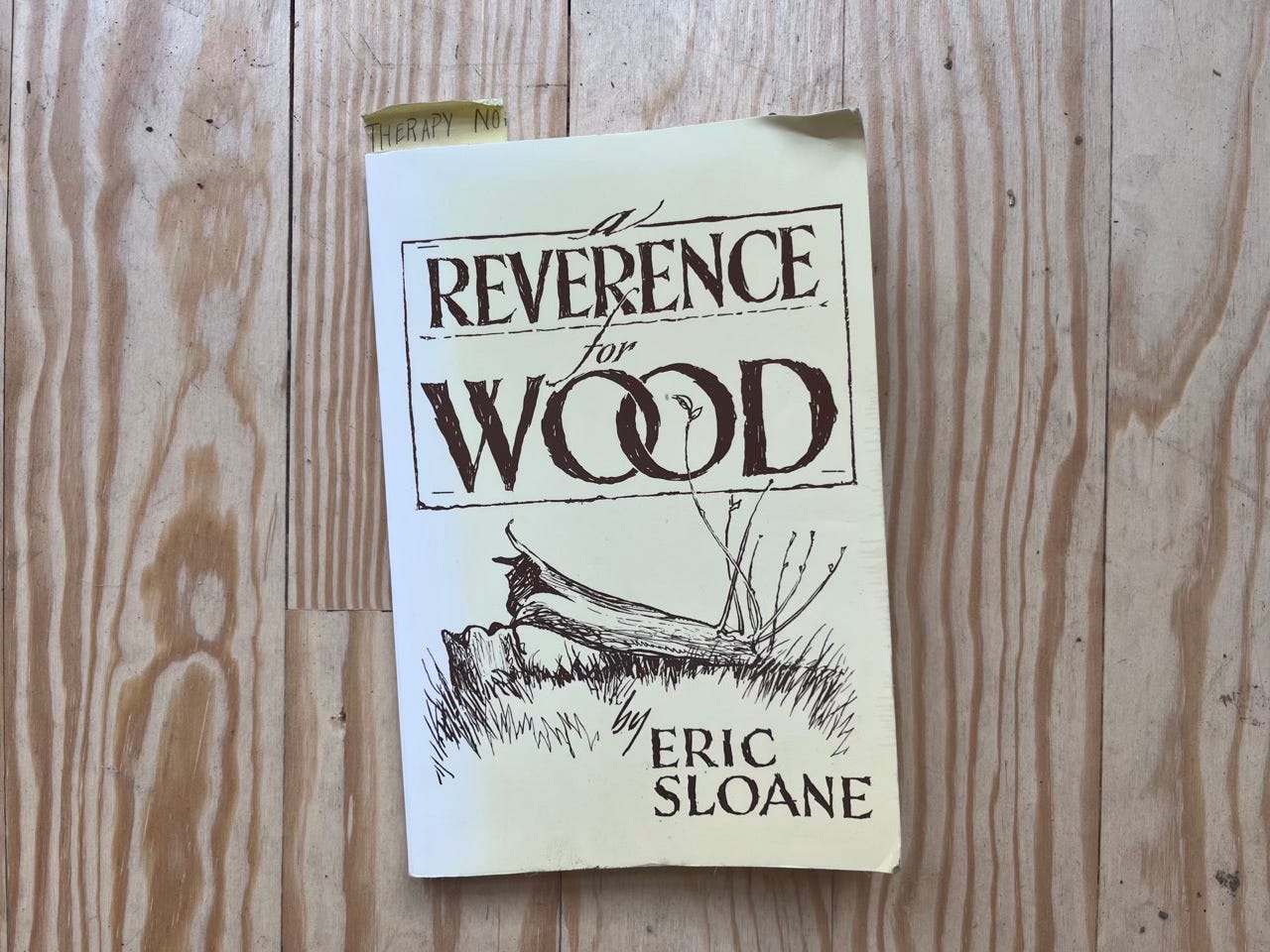Deliberation Station
Kale Vogt
April 14, 2025
Little evidence from my time in college remains today. There wasn’t much proof I ever attended to begin with. I dealt with college for only about a year-and-a-half before I asked myself, “Why am I doing this?”
There is one college notebook, though, that somehow dodged all my closet purges over the years. It’s a notebook from my “Design Fundamentals” class. “Fundamentals” was a glorified way of saying “primitive.” I’ll never forget this quote from my professor on the first day of class: “A line is a dot that goes for a walk….”
It’s a wonder I dropped out.
There were, however, some redeeming qualities to this class. Throughout the semester I’d fill the margins of my notebook with quotes from the professor that struck me. While many of the excerpts are embarrassing glimpses into what I thought was “woke” at the time, there is one that has permanently branded itself on my brain: “Design is deliberate.”
Those three little words flipped a switch in my still-developing brain and forever changed how I viewed design and craftspersonship. All at once, I was charmed by the thoughtfulness of the world around me.
Over the years, much of the mysticism from that revelation has faded, but I still carry this quote with me today. And now that I’m a woodworker, the deliberation of design has taken on new depth.
Ironically, it’s not when I’m creating that this quote resurface for me, it’s when I’m examining the joinery of a chair that has survived for 200 years. Or like most recently, when I’m reading a book on craftspersonship in early America.
Not too long ago, Chris lent me “A Reverence for Wood,” by Eric Sloane, from his personal library. And I, like usual, have taken my sweet time reading it. Shortly into the book, Sloane’s romanticism of woodcraft began to resonate with me.
Much of what I picked up from “A Reverence for Wood” was practical – lessons like how wood dries and cracks over time, and the evolution of nail design. But some of what stuck with me, and perhaps most impactful, were the stories of humanity woven throughout the history of woodcraft.
To me, a prime example of that humanity lies within the history of door making. According to Sloane, in early America doors supplied more than a cover to an entry or exit point of a structure. Doors provided a blank canvas for the maker to express their beliefs, skillset and sense of pride.
Keep reading with a 7-day free trial
Subscribe to The Anarchist's Apprentice to keep reading this post and get 7 days of free access to the full post archives.



